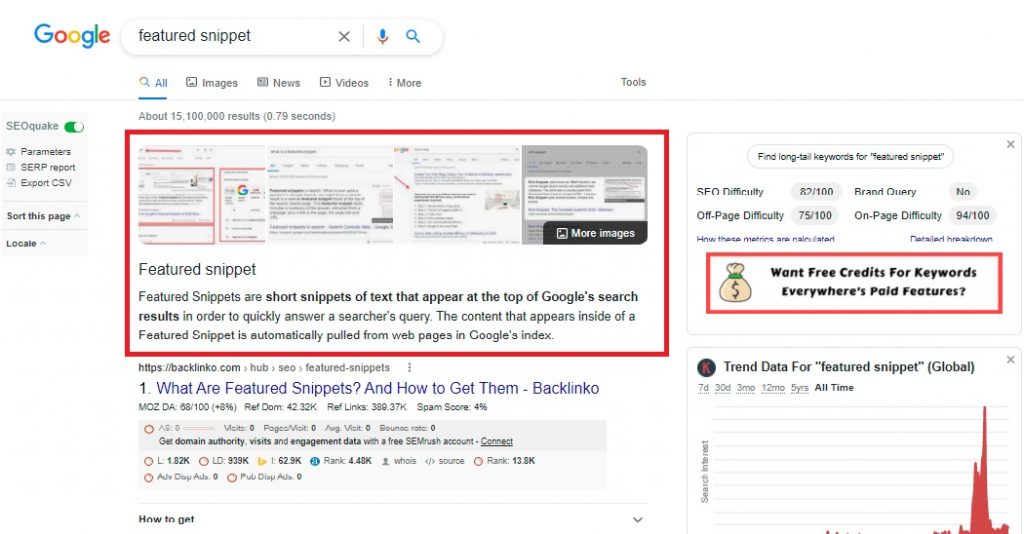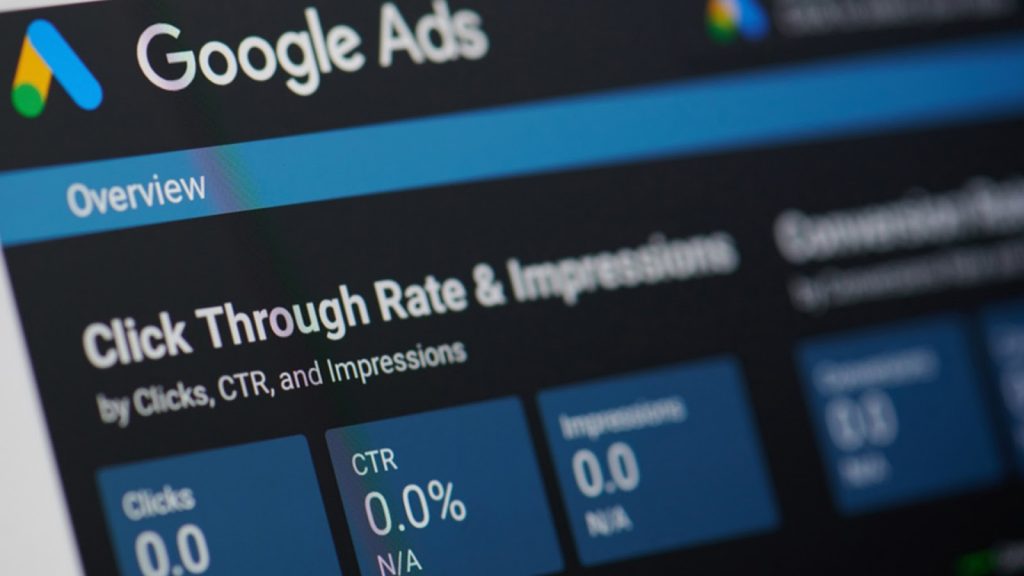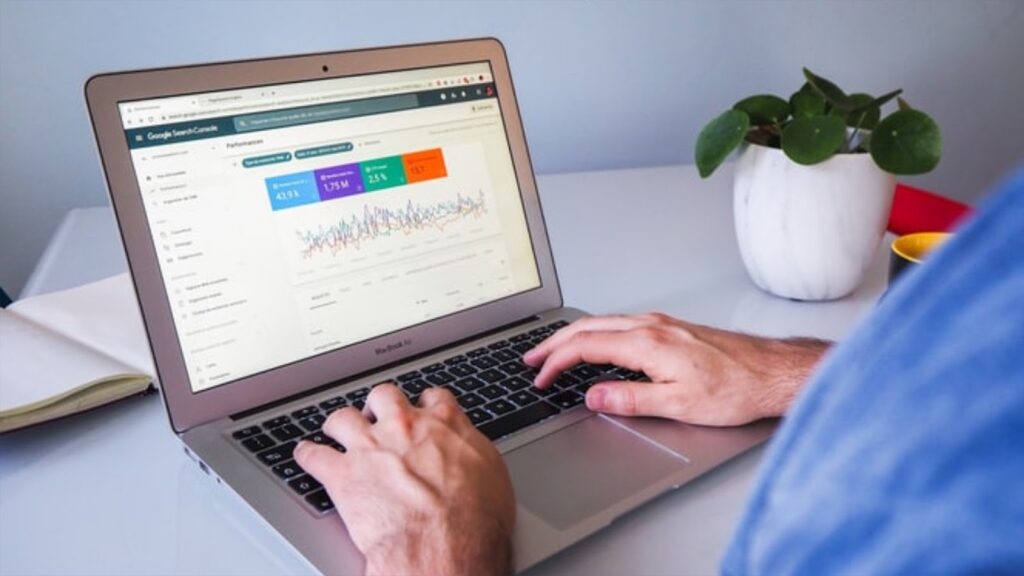Table of Contents
ToggleImproving Organic Clickthrough For Content & Reap In The Benefits
In the field of Paid Ads Marketing, driving traffic to your website is key to increasing sales.
And while there are many ways to do this, improving organic clickthrough for your content is one of the most effective. In this blog post, we’ll share tips on how you can improve organic click-through and see a corresponding increase in traffic and revenue. So read on to learn more!
Executive Summary
| # | Things to Keep in Account For Improving Organic CTR: |
| 1. | A Standard SERP Snippet:A standard SERP snippet consists of the logo, the clickable title, or headline at the top, then comes the two-line description of each result page before moving onto its URL path below it. Each of these needs to be optimized with relevant keywords. The URL path can either be the domain name itself or a breadcrumb schema to force engagement called the Truncated URL. |
| 2. | Dates:Dates show up in search snippets, so it’s important to make them useful and engaging for the searcher. The best way of getting your site noticed on Google rankings is by using an exciting tone with valuable information and using date stamps when creating a Google snippet that will allow people to click on articles with dates relevant to their search query! |
| 3. | Featured Snippets:Featured Snippets are a tricky thing to predict, and while they still have some importance, we think there may be better ways of investing time into improving CTR than using these snippets alone. Just make sure not to forget to monitor clicks to see if getting featured didn’t end up hurting your campaign rather than helping! |
| 4. | Image Thumbnails:When it comes to image thumbnails, the more traffic you get, the better! Insist to your campaign manager on having at least one image for your landing page so that it can be featured. Make sure you’re using the right size and compression type because people want fast-loading images with relevant meta tags. |
| 5. | Indented Results:Intended results are a relatively new trend, but it has been proven to work. You can use tools like Google’s Searchmetrics for your product page and see how many people click on the result. Complementing this info with content related specifically to how-to instructions will help both aspects rank higher than just one alone would otherwise. |
| 6. | Mini Sitelinks:When it comes to the most unpredictable element in search snippets, mini sitelinks are up there. Mini-sitelinks can be used as an on-page table of contents powered by HTML anchor tags and will increase your chances of having them appear when people look through searches on Google! |
| 7. | Monitoring And Measuring:Rank monitoring and measuring is one of the most challenging aspects of running a PPC campaign. The most effective way to do so is by hiring PPC experts localized in your country. Still, another way you can achieve this is by utilizing tools like Google Search Console, WebCEO, and Visualping. |
| 8. | Rich Snippets For Content-Based Pages:Rich snippets consist of schemas that make your content shine brighter than the competition. These include an FAQ page, HowTo Schema, and Video Schema. All equally essential for driving traffic to your site and all being equally complex to code without the aid of a Performance Marketing Service. |
| 9. | Structured Snippets:The structure and content of a structured snippet consist of an HTML table, and it is best suited for summaries or comparisons of relevant things like product features. |
What is the Organic CTR (Clickthrough Rate)?

If you’re a business owner or online retailer, you’ve probably heard the term “organic clickthrough rate” thrown around. But what is it, and how can you ensure your website is getting the most out of it? The organic click-through rate is the percentage of people who click on a search engine result. Businesses tend to employ a Performance Marketing Service to improve their organic CTR (Click-Through Rate). It can be integral to understanding how many people click on your ads and what they’re looking at.
The only way to ensure you are getting the most out of your SEO efforts is by taking a holistic and data-driven approach. This means that when it comes to ranking high on Google, ensuring there isn’t any wasted time or effort will be vital in achieving success with this endeavor! Click-through rate optimization has been proven to be one of the most effective ways for bringing ROI (Return-On-Investment) in search engine rankings.
How Does Organic CTR Affect Your Business?

As it has been established, improving your organic CTR is essential to your success.
By creating high-quality content that engages and intrigues your audience, you can increase the chances that they’ll click through to your website from SERPs (Search Engine Result Pages).
In turn, this will help improve your site’s visibility and drive more traffic your way. So if you’re looking to give your business a boost, start by focusing on creating great content!
This is because your conversion rates are directly proportional to the attention you pay for improving organic clickthrough rate. A study shows that if a CTR of a page goes up by 2X, then it has an instant 50% increase in conversions which shows the relationship between Click-Through Rate and Conversion Rates.
Also Read: Differences Between SEO and PPC
Ways For Improving Organic ClickThrough Rate:
If you’re running an online business, then the chances are that you’re always looking for ways to improve your click-through rate. After all, a high CTR can mean more sales and profits for your company. Let’s discuss the ways that you can improve your click-through rate.
-
A Standard SERP Snippet

What’s the deal with Google search snippets? When you Google something, each result that pops up has the format of a standard snippet. If you are curious what the functionality of these search formats is, let’s take a look! The logo, the clickable title, or headline at the top then comes to the two-line description of each result page before moving onto its URL path below it.
-
Title:
In the past, Google used to rely on a page’s title for their search snippets, but it has been rewriting that part more often recently. However, it is still recommended you optimize your titles with keywords and entice people who click through and hope Google will keep what you wrote intact!
-
Description:
It’s a shame that Google doesn’t seem to care about what is written in the meta description. Recent studies show they ignore these descriptions about 70% of the time, and it could be doing your SEO some harm!
Despite all this, you can try and trick Google into using your chosen snippet description by creating concise summaries of the content. The semantically relevant text might be added at the beginning, with help from tools like Text Optimizer that analyze the meanings of words for context-sensitive results.
-
Logo:
When you create a favicon for your site, Google will use it to determine which image should show up next to your search results. You have complete control over this logo, so make sure it is optimized to the fullest!
-
URL Path:
The Google algorithm has been getting smarter, and it no longer shows the simple URL of a page but instead provides users with what’s called “the meaningful path.” This consists of a domain name plus breadcrumb or truncated version or the URL.
-
Domain Name:
Some marketers tend to scan domain names when choosing what they will click, but your choice in a snappy or memorable site can somewhat impact how many times it is clicked. For example, if you do an excellent job at picking domains that intrigue people with witty phrases on them, those links might be more likely to get exposure than before.
-
Truncated URL:
You can use the breadcrumb schema to force Google into using a more exciting and engaging navigating system for their users. Watch Search Console, as this may help improve clickthrough rates!
-
Dates
Dates are shown in a search snippet if they may be helpful to the searcher. This information can impact clicking patterns. Based on recent research, it was found that half of their sample said the date is either an essential or crucial factor for driving people to click on search results.
The best way to get your site noticed on the search engine rankings is by using an engaging tone of voice and providing valuable information. You can use date stamps in Google Snippets, so people will see more recent dates when they’re searching for things online!
Web publishers can use clear guidelines from Google to keep their content fresh. Don’t hide the dates, because they are helpful information that helps people find you when looking for something new on your website or in another publication! If updating a piece of writing is necessary, just re-publish it with an updated date only – don’t redirect away from old versions back at them, i.e., using the schema “date Published” and “date modified” can be pretty valuable.
-
Featured Snippets

It’s been a tough couple of years for SEOs. The algorithm changes have made it challenging to rank, and featured snippets were considered by many as the #1 organic result before they changed formats. Now that doesn’t seem right at all! However, research has shown this might not be valid anymore.
While still necessary in some ways, we think there are probably better ways than using these snippets alone when investing time into improving CTR.
Featured snippets are not easy to predict, but if you choose to optimize for them be sure to check this article that may prove very valid: generating best SEO content and integrating PPC into your marketing strategy. Just don’t forget to monitor your clickthroughs to make sure getting featured didn’t hurt your campaign in the long run!
-
Image Thumbnails
Image Thumbnails tend to be rare and only appear on desktops. However, this changed when mobile users started seeing thumbnails inside most search snippets—there’s no particular optimization tactic here but best practices may help all the same!
The more traffic you get, the better! Make sure there’s at least one image on your landing page so that it can be featured. Compress that picture so people can load them faster and specify what kind of thumbnail they should be used with the relevant meta tags.
-
Indented Results
The idea of showing intended results is a new trend, but it has been proven to work.
So far there are no clear guidelines on how you can get these types of searches in front of Google’s eyes or even if they exist at all – though certain tools will let you know when someone finds your product page through their search engine ranking system (SERPS). Complementing the info provided with How To content related specifically to that same topic might help both aspects rank higher and possibly improve organic clickthrough than just one alone would otherwise.
Many PPC Services in USA have employed strategies for paying extra attention to indented results and improving organic clickthrough or CTR for their PPC campaigns.
Also Read: 6 PPC Marketing Tips To Drive Sales
-
Mini Sitelinks:
The most unpredictable element of a search snippet is mini sitelinks. Google may choose any random link from navigation, tag, or category to include in their results – there’s no way for you as an advertiser, though, and they say, “You made the wrong choice!“
Unlike standard sitelinks, which usually show up for the top-ranking result and mostly with branded searches, mini sitelinks can be generated to just about any web page. Mini sitelinks are a handy feature because they increase the odds of someone clicking on them by adding more relevant information within their search snippets.
To increase your chances that Google will show mini sitelinks within the search results, you can use an on-page table of contents powered by HTML anchor links.
-
Monitoring And Measuring:

Monitoring the rankings of your PPC ads can be tricky, but there are some great tools out in the market for you to help you run a PPC campaign!
You can even hire PPC experts localized in your country to significantly increase your click-through rate.
-
Google Search Console
With Google Search Console, you can get precise clickthrough data to help determine the positive or negative impact of your optimization efforts. In the Performance, tab select “Compare last 3 months” from the date range filter (it usually defaults for this tool).
There is a chance you may have lost some organic traffic, so it’s important to identify pages and queries that were sources of revenue for your website in the past year. You can do this by clicking on “Pages” or “Queries” from Google Analytics then looking at trends over time specific areas such as keywords or search phrases.
-
WebCEO
WebCEO enables you to monitor your keywords that are losing clicks more conveniently. The tool has a separate tag and notification system for any queries seeing an increase in decreasing click counts, giving the user complete insight into their market trends without having to worry about sampling size or other inconveniences typically associated with such research methods!
-
Visualping
The website monitoring tool will help you optimize your search snippet and see what changes are happening in the industry. You can use Visualping to keep an eye on this, or any other aspect of optimization for that matter!
-
Rich Snippets For Content-Based Pages:
Rich snippets are a great way to make your content stand out from the crowd and help with improving organic clickthrough. Here’s how they work and which type will be most useful on different pages:
-
FAQ Page:
The FAQ snippet is quite popular, and to qualify for this rich snippet, you don’t have to dedicate the entire page to FAQs. You can use one of these codes if you answer two or more subsequent questions on that page! There are plugins for WordPress which will help with the coding part too.
-
How To Schema:
DIYers and those who want to learn how they can create their own creative projects will comb through the internet for instructions on the How To schema, as it offers step-by-step tutorials for just about any project or idea.
-
Video Schema:
A video-rich snippet includes a thumbnail for videos which can help you ensure it shows up in search results even if no schema is required by using these codes.
However, there have been dozens of cases where this doesn’t work as expected simply due to how difficult they may sometimes be!
The code is rich, so it will not be easy for you to create videos. But don’t worry! There’s an easy video schema generator that makes designing your look simple as can be.
-
Structured Snippets:
The structure and content of structured snippets are different from rich results.
The former import tabular data to create more informative search highlights, while all you need for this type is an HTML table;
It’s perfect when summary or feature comparisons are needed!
Conclusion:

It’s important to understand how improving organic clickthrough rates affect your business. There are several ways you can improve your site’s organic CTR and drive more traffic to your pages.
We’ve outlined some of the most effective methods in this blog post, so be sure to read on for tips that will help you get better clicks and conversions from organic search and in the process improving organic clickthrough
And if you need help getting started, our team of experts is here to assist you. Contact us today for all of your PPC needs!


